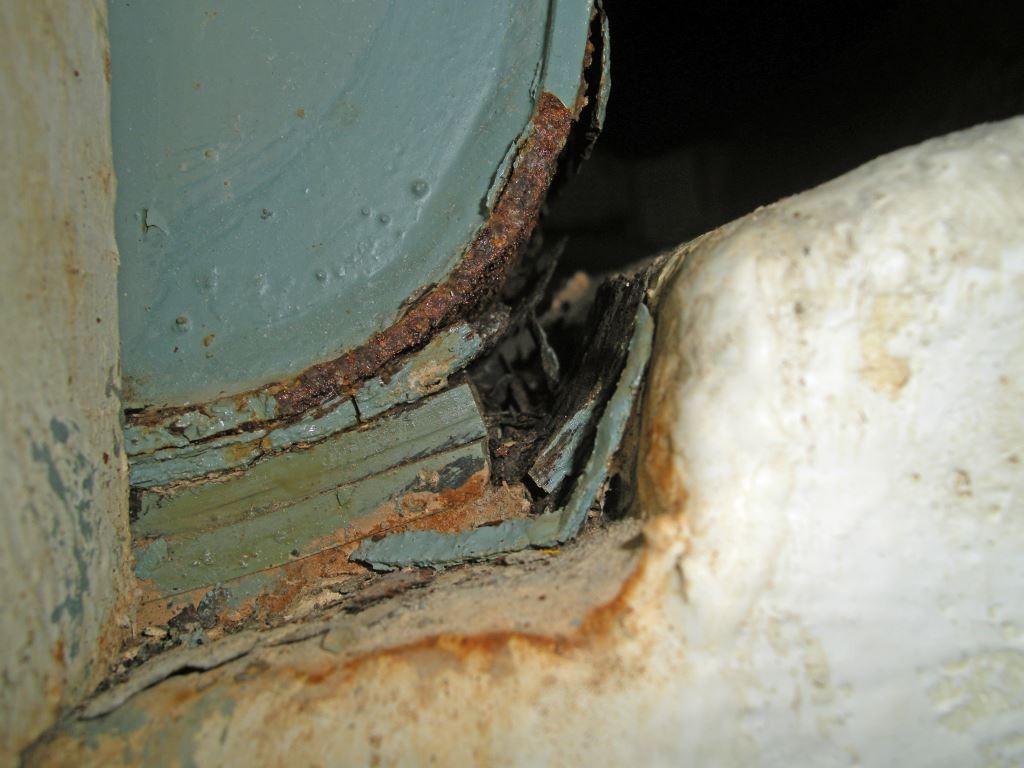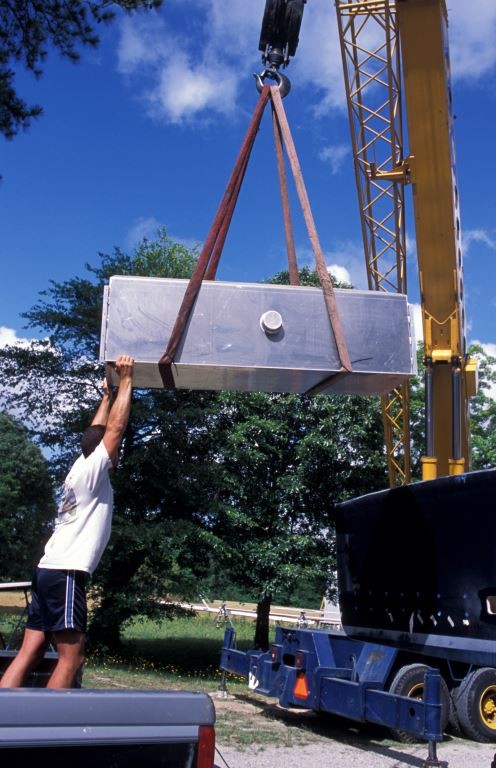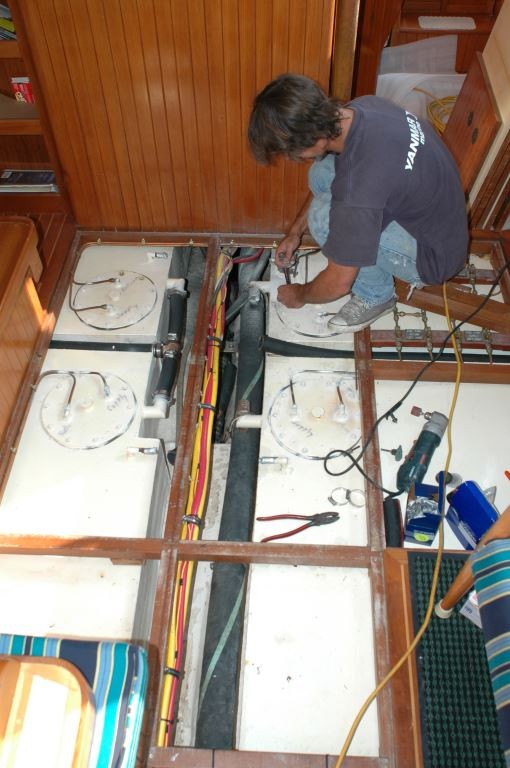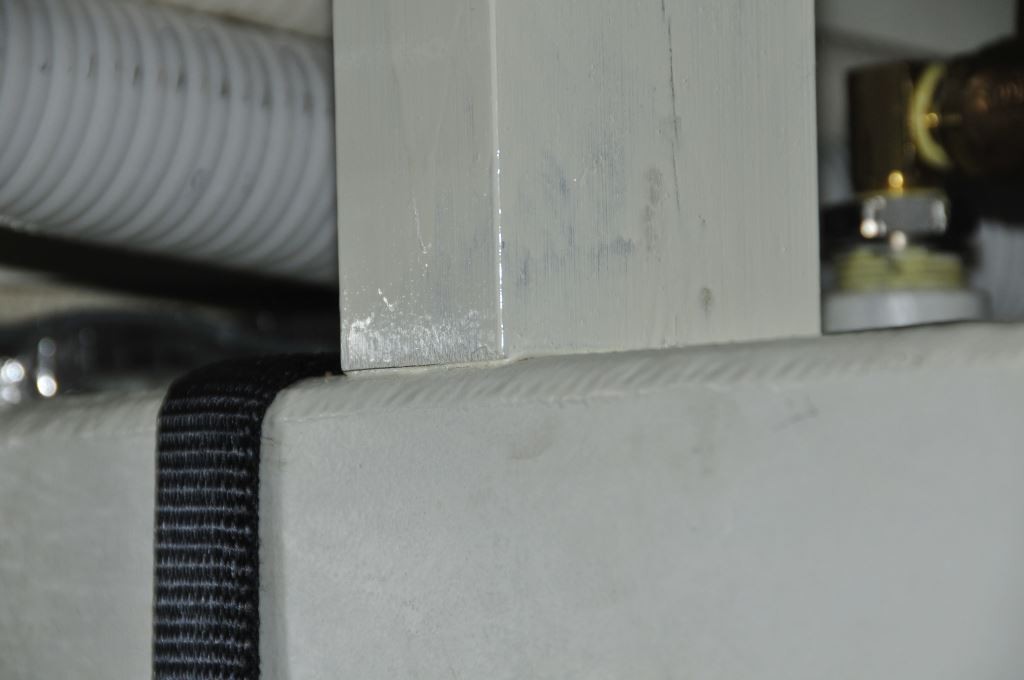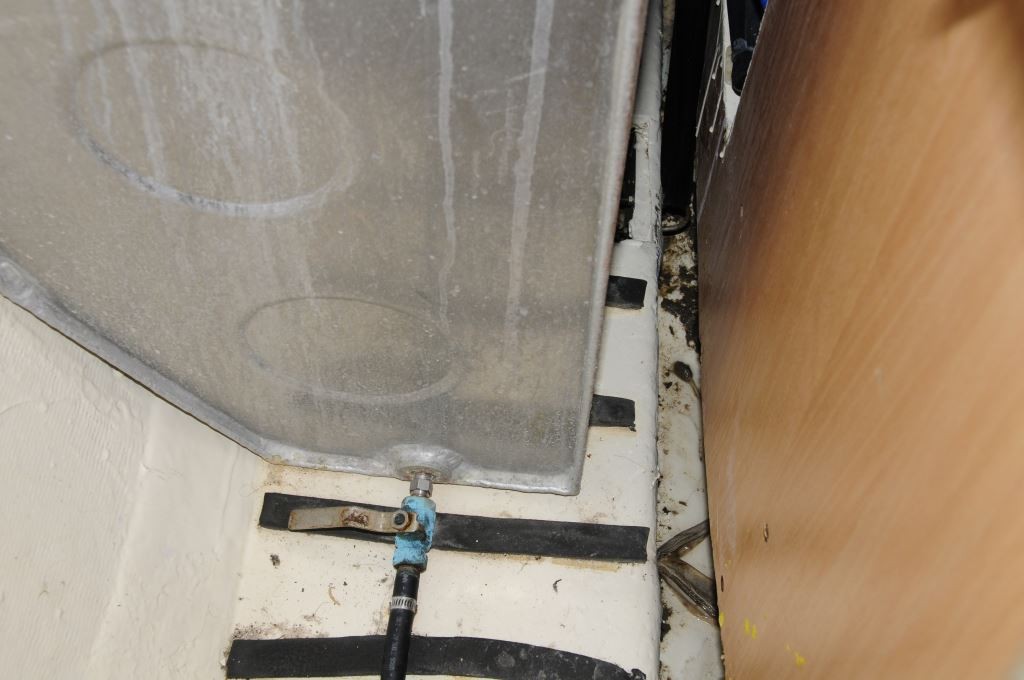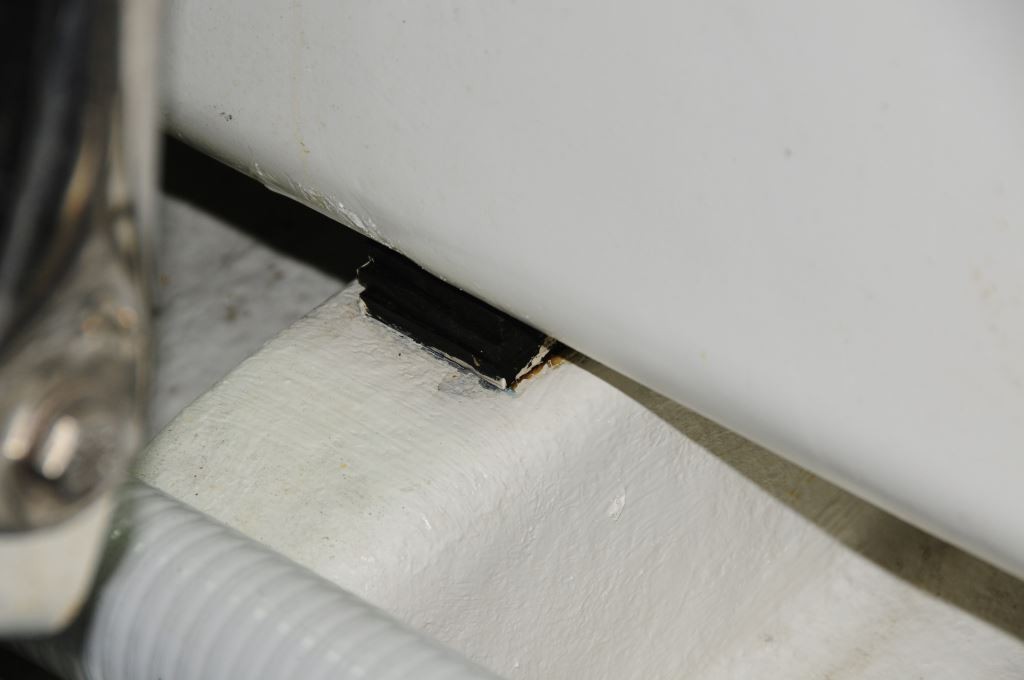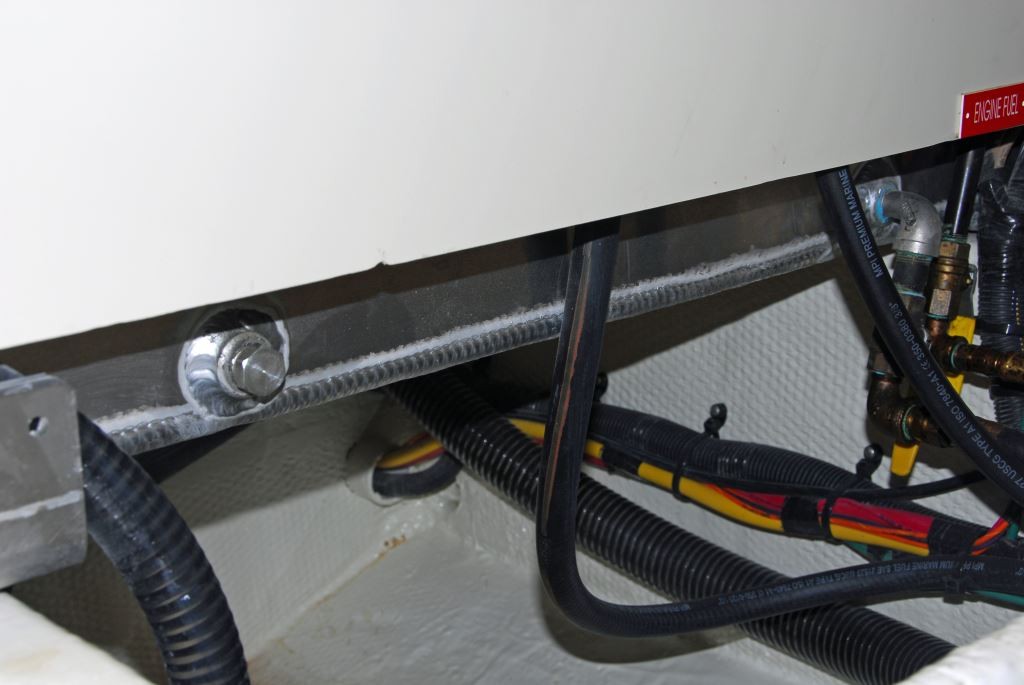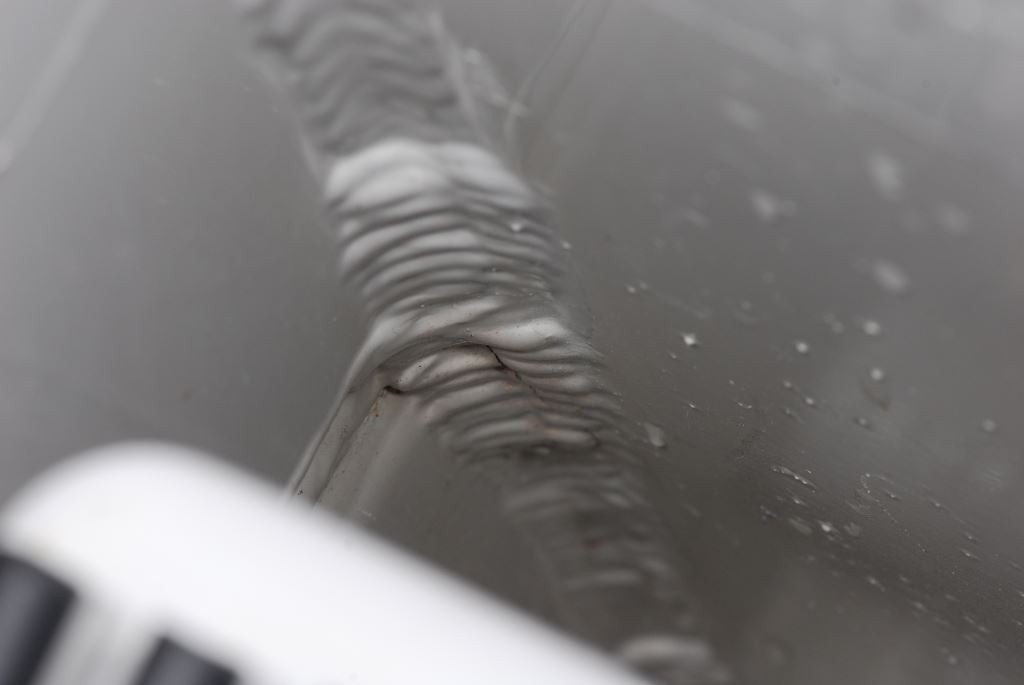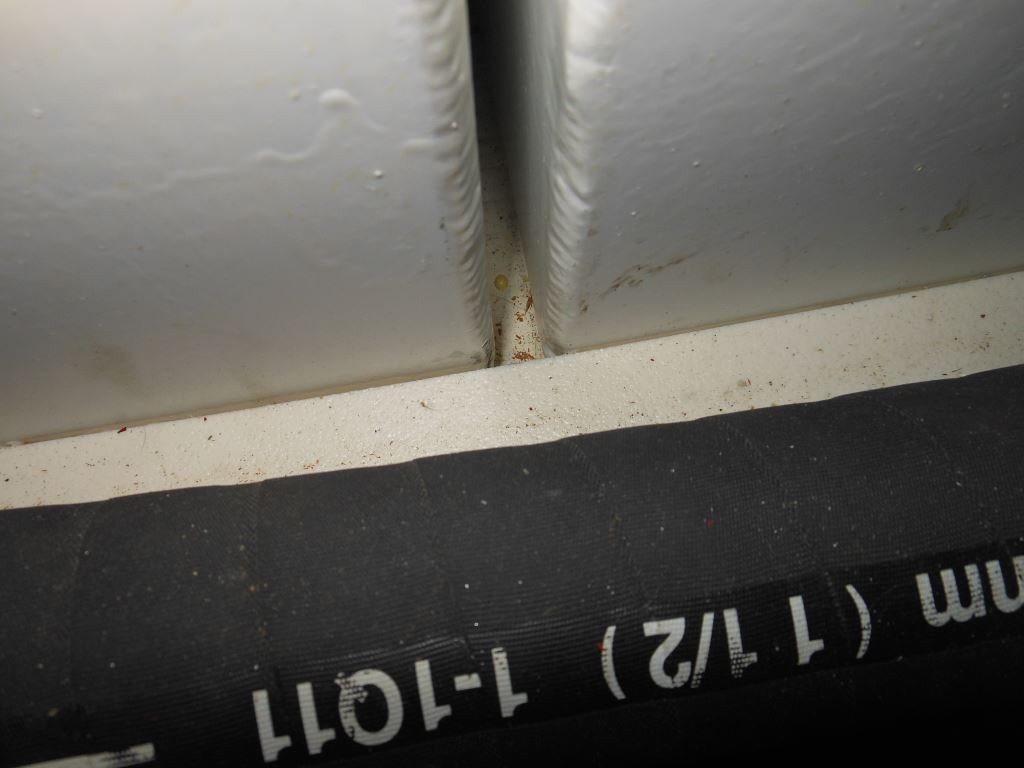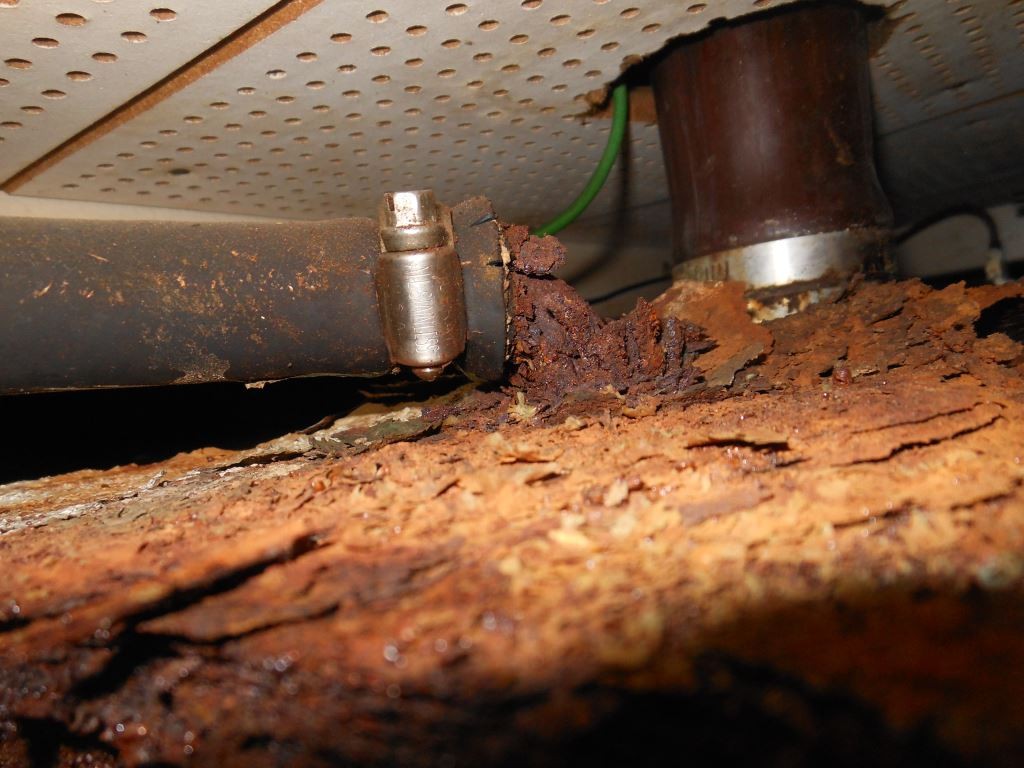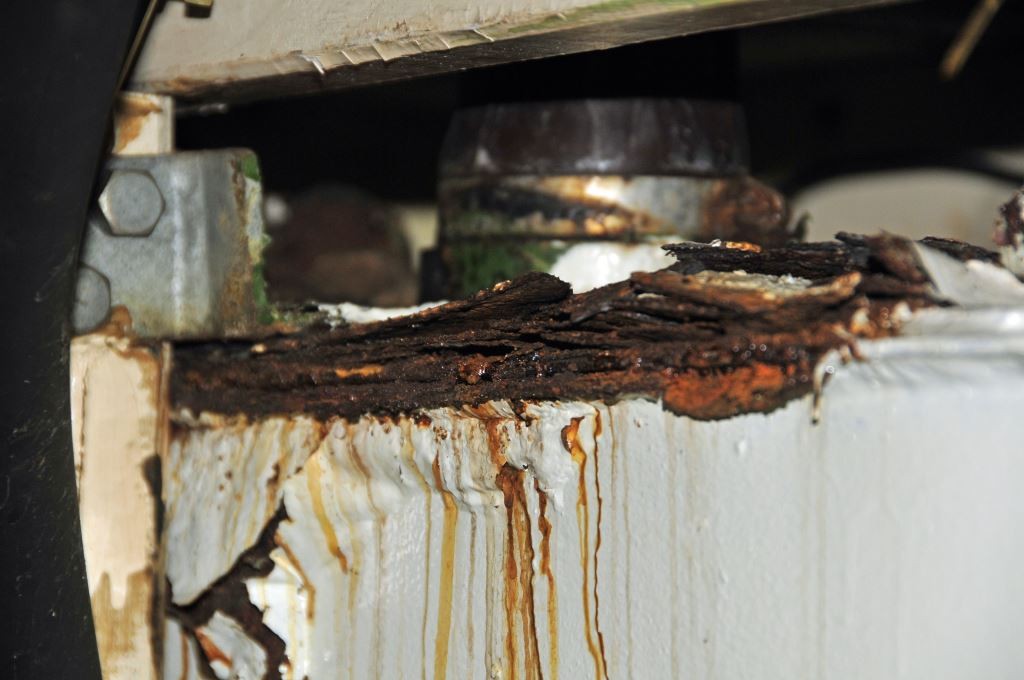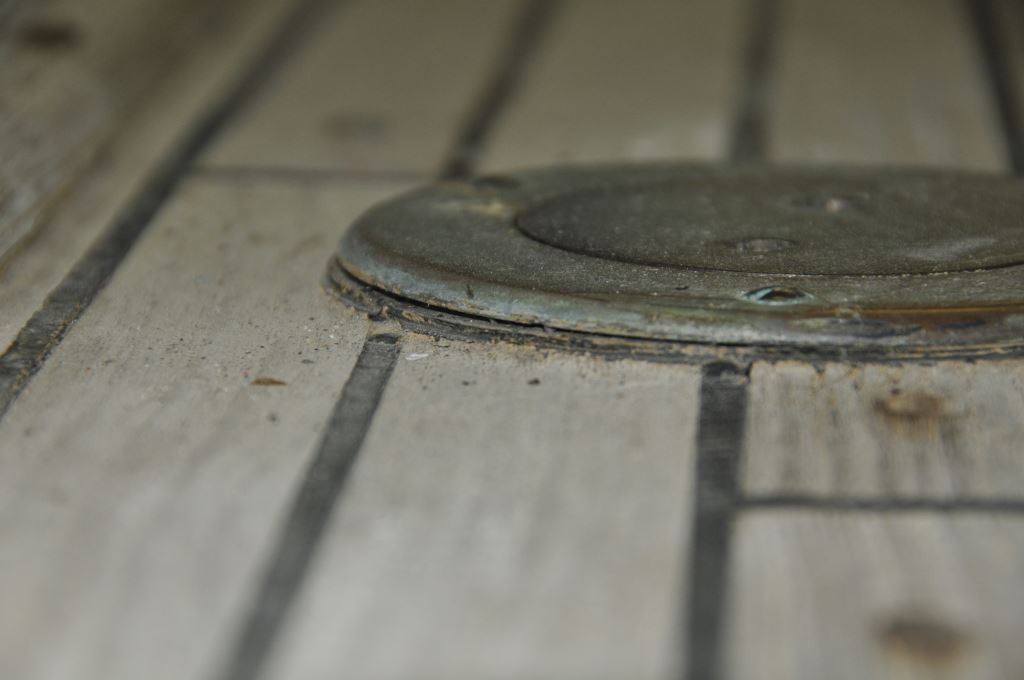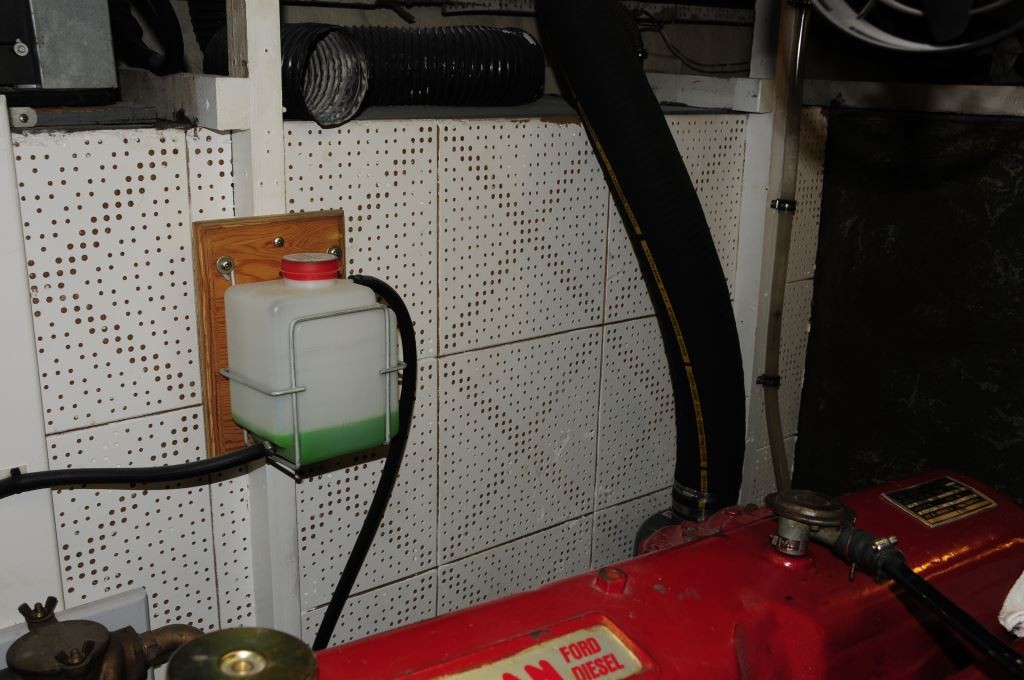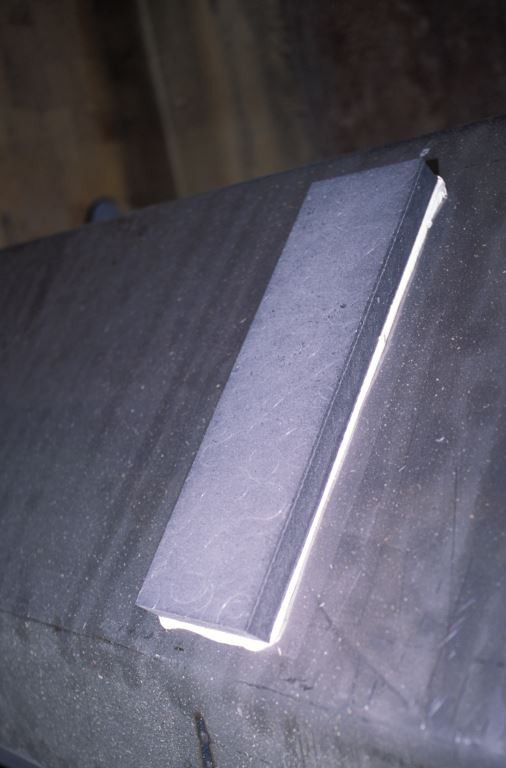What’s right with the marine industry? That’s right, I said what’s right. During my twenty year career as a marine journalist, I’ve made no bones about the fact that I believe the marine industry could, and must in order to survive and prosper, do a better job when it comes to making and servicing products, from entire boats to batteries, electronics and air-conditioning systems and so on. There’s room for improvement when it comes to the products themselves, however, there’s significantly more room for improvement on the “soft” side of the business, customer care, service and support; it is most decidedly in this area where the heaviest lifting remains.
However, in spite of my ‘room for improvement’ mantra, it’s worth falling back from time to time to regroup, and to assess the overall state of the industry and how it’s changed, for the better. Undeniably, as it has with so many facets of our lives, the internet has changed the lay of the land for boat owners, buyers, builders, repair yards etc., in myriad ways. Above all else, it’s given boat buyers and owners a resource that hitherto could only be dreamed of, a way to fact check builders, boat yards and mechanics proposals and claims, as well as their reputation, and it provides an easy means of communicating with other boat owners about their experiences with a given boat, product or service provider. Having lived and worked through the transition, I frequently marvel at just how easy it’s made my life and those of my clients. When I encounter an inverter installation that I believe is incorrect, for instance, I can quickly verify my suspicions, then document the defect with a digital photograph, and then attach a link to the manufacturer’s website, where the installation instructions are available. There’s no argument, and it’s clear what needs to be done to make the corrections.
And there’s more, in the way of both traditional and online resources for boat buyers and owners. If you don’t already read “Practical Sailor”, I can’t recommend it highly enough, I know and have worked closely with both the Editor and Technical Editor; they are experienced cruisers, gearheads and talented journalists, a rare combination. I suspect I know what many of the non-sailors are thinking, “Nah, that’s a rag boater’s magazine”. In fact, much of the gear that’s tested is relevant to all boats, power and sail. “Practical Sailor” doesn’t always get it right, however, they make an honest effort, they are untainted by advertising, and the vast majority of the time my anecdotal experience bears out their scientific findings.
On the subject of superior technical resources, “Professional Boat Builder” magazine is yet another. In the interest of full disclosure, as the Technical Editor I’m somewhat biased, however, I firmly believe this technical publication’s editorial standards are at the very apex of marine industry journalism, and while it’s free to those in the industry, you need not be a boat builder to get a subscription, it’s available to anyone, those not in the industry simply need to pay for it, and the price is small compared to the value of the contents.
Finally, there are now so many ways to build and repair boats better and more easily. Here too examples abound, I’ll share just one of my favorites. When I first started in this industry, as a marine mechanic and electrician, materials available for electrical work were crude at best; many were simply repurposed automotive, RV and household gear, switches, light fixtures, circuit breakers and wiring. These components were not well suited for the marine environment, and as a result electrical unreliability was the constant companion of most boaters. Today that’s changed dramatically, a variety of marine electrical equipment manufacturers now offer everything and anything needed to wire a boat from the keel up.
These are just a few examples, I could cite many more. So, take heart, while I’ll keep pounding the improvement drum, there have been many positive changes in the marine industry, and I’m hopeful that trend will continue, with a little nudging from both professional ‘thorns’ like me, as well as from savvy boat owners, from time to time.
Steve D’Antonio
Fuel Tank Installation
There’s More to it than Meets the Eye
Text and Photos by Steve D’Antonio
Copyright © 2014 SDMC Inc.
Fuel tank installations should last the life of the boat, if not for decades.
It’s a truism, when poorly or improperly installed, even the highest quality fuel tanks will fail, often quickly. On the other hand, I’ve seen many fuel tanks whose construction was questionable, last for decades because the builder did his or her homework when it came to installation technique; where fuel tanks are concerned, particularly metallic tanks (steel and aluminum), the installation will make or break them.
Replacing tanks on an existing vessel is nothing short of a daunting process. It’s nearly always costly and physically invasive. In many cases, two tanks must replace one, with their consequent interconnecting plumbing, in order for them to fit through existing ports or hatches.
Visible Means of Support
I’ve encountered a number of fuel tanks that have failed as a direct result of inadequate support. When one stops to consider the loads that are imparted on a tank, especially a large one, say over 250 gallons, it’s clear to see that a tank can’t be too well supported. Three such failures that I’ve encountered, all of which were metallic tanks, stand out as examples; in each case a crack or cracks developed because the bottom of the tank lacked sufficient support. Note that the cracks may develop in any part of the tank as a result of inadequate support, not just on the bottom, they may occur in the middle of a flat expanse of metal, or in a middle of a weld. If they occur at the margin of a weld that may be an indication of improper weld penetration, which in turn is exacerbated by poor support.
Fuel tanks must never be used as a supporting structure, to support a sole for instance as is the case in this image, unless they are specifically designed for this purpose. Most tanks are not designed to support anything other than themselves and the fuel they contain.
In one case, I’ll call this a case of too much area, not enough support, the tank rested on stringers, athwartship, that were roughly six feet apart. The expanse of tank between the stringers was plainly visible from the bilge area, it was entirely unsupported, which didn’t present much of a problem when the tank was empty, or nearly so. However, when the tank was full the added weight of the fuel, nearly two tons in this case, caused the bottom of the tank to flex. Added to this was the g-force of the vessel moving through a seaway; eventually the plate crystallized and cracked, allowing fuel to fill the bilges. In addition to welding, the repair included adding support to the unsupported section of the tank’s bottom.
Tanks, especially metallic tanks, should be elevated above a self or deck to allow for water drainage. Often this is accomplished with thin strips of rubber material, which often compress, and in turn fail to fulfill their intended purpose. Whatever material is used as this spacer, it must be resistant to compression, decay and water absorption.
In another similar flex-induced failure, a large tank, nearly 1000 gallons, spanned the entire beam of a vessel. It was located beneath the cockpit where it rested on a closely spaced set of central stringers as well as on supports located outboard at the tank’s extreme beam ends. Once again, when the tank wasn’t full it was capable of supporting itself as well as the weight of the fuel. However, once filled the weight of the fuel, over 3.5 tons, caused the beam ends to sag because there was a small gap between the bottom of the tank and these outboard supports, an installation defect if ever there was one. Further exacerbating this problem was the fact that this was a high speed, off shore fishing vessel that was designed to endure slamming loads, as it made its way through tumultuous seas. As the tank absorbed these loads it flexed, initially anyway, which eventually lead to its failure at the fulcrum point on the tank’s centerline. Interestingly, the crack that developed did so precisely in the middle of a weld bead, indicating that the weld itself, as well as the plate, was sound. The structure simply could not absorb the movement caused by inadequate support.
Large tanks that span great distances, between stringers like this one for instance, are challenged. Unless the tank is specifically designed and built to support its own weight, as well as the fuel within, and pounding g-force loads, then it should be supported by a shelf.
In the third example, a large set of tanks whose complex shape, much more than a simple rectangle, simply could not absorb the flexing induced by the weight of the tank and the fuel, as well as the movement of the vessel. The tank rested on stringers rather than a shelf. Cracks developed in welds in several locations and while the welds themselves were suspect, I believe that if the tanks were well supported they would not have developed leaks.
Tanks should not be allowed to flex or move once installed, they should be fully supported and secured. This large tank, installed in a new vessel, cracked at a weld shortly after the vessel went into service. The tank was not properly supported and as a result, when full, the outboard ends sagged, stressing the center section.
Tanks that are made up of multiple panels and angles require additional attention when it comes to support. This is particularly true when the bottom of a tank is made up of multiple planes. In this case, it’s vitally important that the tank’s weight be evenly distributed on all of the mounting surfaces; they must match the shape of the tank bottom precisely. If there are gaps beneath any of the horizontal mounting surfaces then the tank is likely to flex, distort and settle in areas that lack support when filled with fuel. The larger the tank, the more important it is that the structure fully support the tank’s entire bottom.
Water entrapment sounds the death knell for many metallic tanks. Gaps and voids that can retain water allow corrosion and rust to gain a toe hold, which could ultimately lead to tank failure. Tanks should never be installed directly against a surface such as a shelf or cleat like that shown here, as the small gap between the two will retain water. Tank installations should be self-draining, avoiding traps like the one shown here.
Ideally, unless designed and built to be self supporting (this would include internal reinforcement), tanks should rest on continuous shelf-like structures rather than stringers or beams of any sort. When supported in this manner, flexing is minimized if not eliminated. In order to promote drainage and prevent corrosion to a metallic tank’s bottom, one to two inch wide, ¼ inch thick spacers made of non-hygroscopic material (prefabricated fiberglass or GPO3 works well) should be bedded athwartships to the tank bottom on four to six inch centers, using a polyurethane bedding compound. With this approach, the tank can’t rest in standing water and water can’t migrate between the tank and the spacers, either of which will lead to corrosion.
These steel tanks suffer from the classic, deck leak-induced rust and failure scenario. If the tank tops were angled they may have shed water, giving users a clue as to the impending failure. Tanks should be installed in such a way as to enable easy, casual inspection, i.e. they should remain exposed.
Deck fills, in teak decks are notorious for leaking water onto tank tops. The gap between this deck fill and its bedding is clear to see. Inspect your deck fills and tank tops regularly.
A final note on tank installations relates to serviceability and accessibility. Once the tank is installed all “serviceable” components, fill, vent and supply fittings and senders as well as inspection ports should be accessible and ideally they should be visible as well. Covering or sheathing a tank for cosmetic or acoustic purposes is a double edged sword, it may look more attractive, to some, or it may offer (minimal of any) noise reduction in accommodation spaces, however, it also means that leaks, corrosion, deteriorating hose and other issues may go unnoticed. Given the choice, I’d rather see the tank in all its glory.
Many boat builders cover tanks with a fascia or acoustic insulation. While that may provide a small modicum noise reduction, and it may be visually appealing (I don’t believe it is, and if it is it’s not worth the price paid), it prevents identification of leaks and corrosion. Tanks should remain exposed, particularly metallic tanks.
Part of a tank’s serviceability means being able to access every baffled chamber, a task that can only be accomplished through the aforementioned inspection ports. If your tanks aren’t so equipped, rest easy, if you can get to the top or one side of the tank (for diesel tanks inspection ports may be installed on the sides, this is not the case for gasoline tanks, they must not have fittings anywhere but the top horizontal surface), these can be added. When it comes to cleaning a tank, there’s simply no substitute for good access and inspection ports make this possible.
Spacer material should be bedded to tank bottoms, like that shown here. Doing so prevents water migrating between the tank and the spacer.
Finally, horizontal metallic tank tops should be slanted or angled to shed water, and they should angle inboard to ensure that leaking water runs down the side of the tank that is visible (such angling is required for compliance with ABYC standards). The number of tanks I’ve encountered that have failed from the top down, as it were, is simply astounding. Deck fuel fills are notorious for leaking water onto the tops of tanks (why deck hardware leaks, and how to avoid it, is the subject of an upcoming Marine Systems Excellence article), where it often stands, ultimately causing rust or corrosion on steel and aluminum respectively.
In spite of the cushion, a strip of hard rubber, this tank rests on, it’s suffering from near-terminal corrosion as a result of a deck leak. It is imperative that cushion material, regardless of what form it may take, must be bedded to the tank.
Inspect your tank installations. If your metallic tanks are covered with an aesthetic or acoustic barrier, consider removing it or improving access for inspection purposes. As a boat owner, few feelings are worse than knowing you could have avoided a costly failure by identifying a problem before it became critical. If you are considering buying a boat, give tank access and inspection careful scrutiny. Tanks should be designed, built and installed to avoid failure, at least from the outside in, for the life of the vessel.
For more information on the services provided by Steve D’Antonio Marine Consulting, Inc. please e mail Steve at info@stevedmarineconsulting.com or call 804-776-0981

